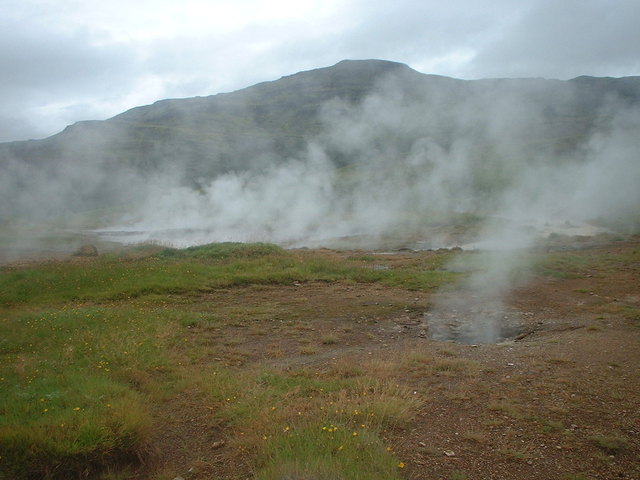Most people are aware that the Earth contains significant internal heat, but not everyone is aware of how this heat is transported closer to the surface where it can be economically accessed with wells to capture persistent Geothermal Energy.

Magmatic heat sources are fairly evident with volcanoes and hot springs, fumaroles, and steam vents, but most geothermal heat sources do not have surface manifestations
Magmatic heat sources are fairly evident with volcanoes and hot springs, fumaroles, and steam vents, but most geothermal heat sources do not have surface manifestations. Where heat sources are hidden, they have been called “Blind Geothermal” sources.
Some magmatic sources may have not reached the surface, or having reached the surface previously have now subsided and/or been buried by subsequent sedimentary processes. Igneous intrusions including dykes and sills are magmatic flows that rose up but may not have pierced the surface or continued to display surface heat. Granitoids are granitic intrusions that similarly rose up and/or became evident through geological processes or erosion. Intrusions are pathways for heat (and hydrous melts) to rise up and they have also been associated with hydrothermal mineralisation which is the way some metal ores have been deposited. With sufficient shallower impermeable lithological barriers to prevent further heat transport, heat can remain present in the magmatic rock formations.
Sedimentary rock formations can have heat also thanks to several processes. Some locations have crustal thinning (e.g., above failed rift valleys) which means the basement heat flux is higher. Fault systems are another major heat transport pathway. As depositional systems progressed, source rocks produced hydrocarbons and aqueous fluids which migrated upwards to reservoirs, where heat was retained if later sedimentary formations, such as shale, prevented further heat transport.

Regardless of the type of rock, we look for two types of geothermal reservoirs able to be accessed by new drilled (or repurposed end of life oil & gas) wells: hydrothermal (with mineralised and/or meteoric water) and petrothermal (hot dry rock with natural or induced fracture systems able to allow surface fluid circulation for heat transfer). Low and medium enthalpy sources are feasible.
Circulated heat transfer fluids bring this heat to the surface in our wells for use in Binary Organic Rankine Cycle (ORC) power generation equipment. Economic, environmentally sustainable, persistent renewable energy is available below thousands of surface locations.
